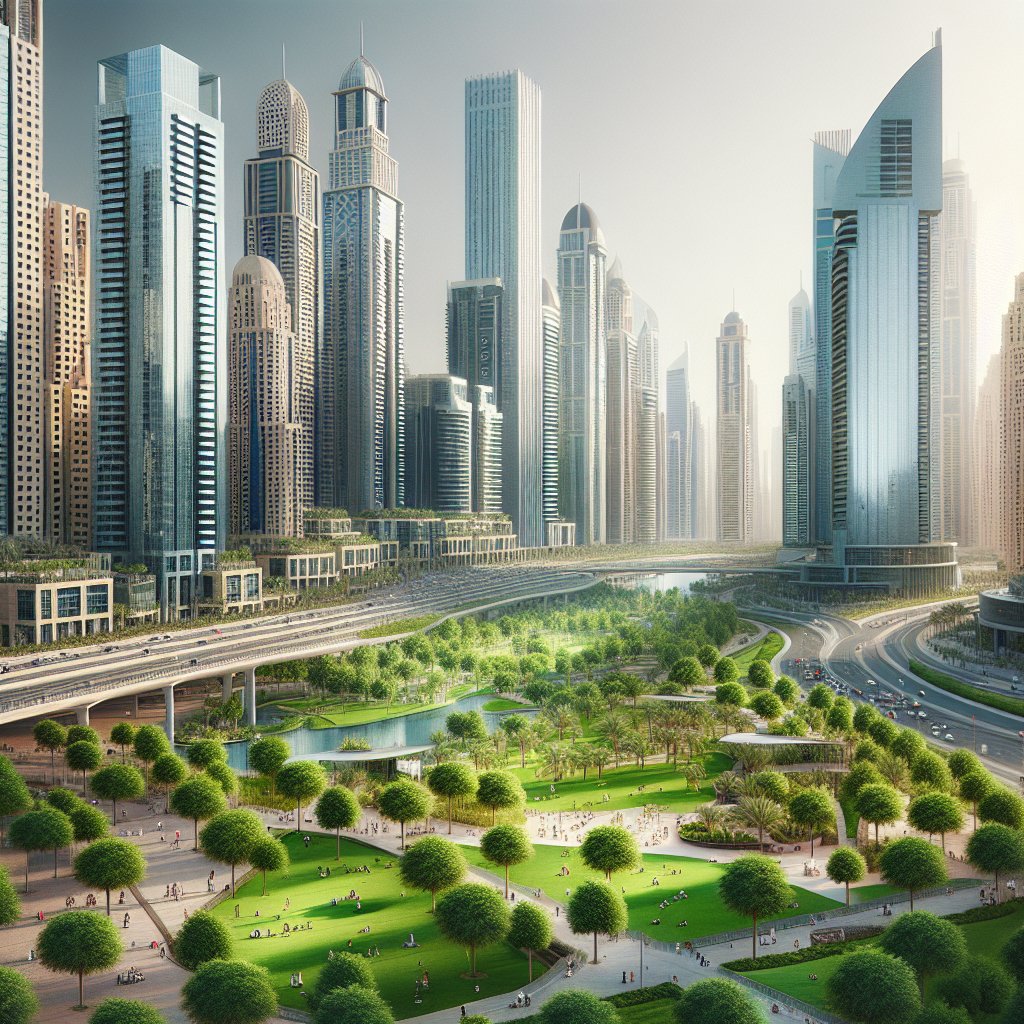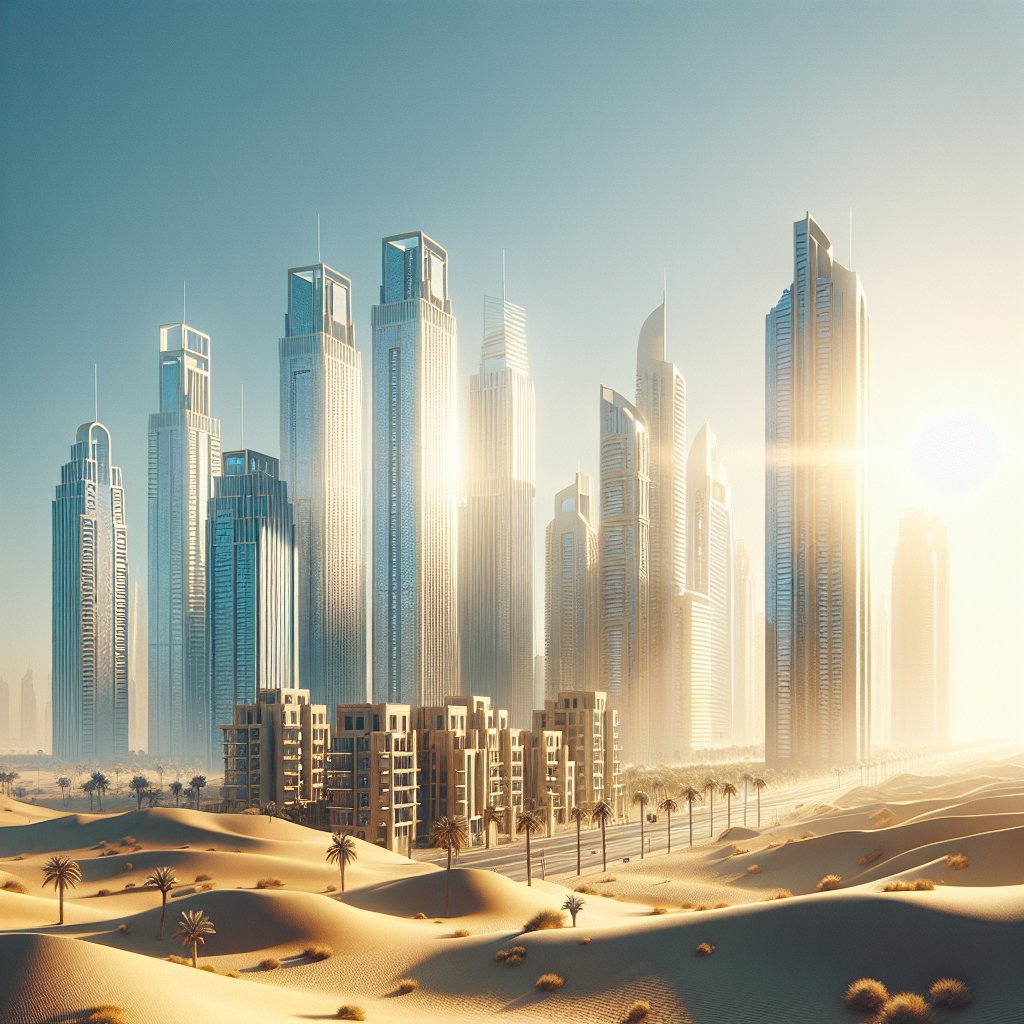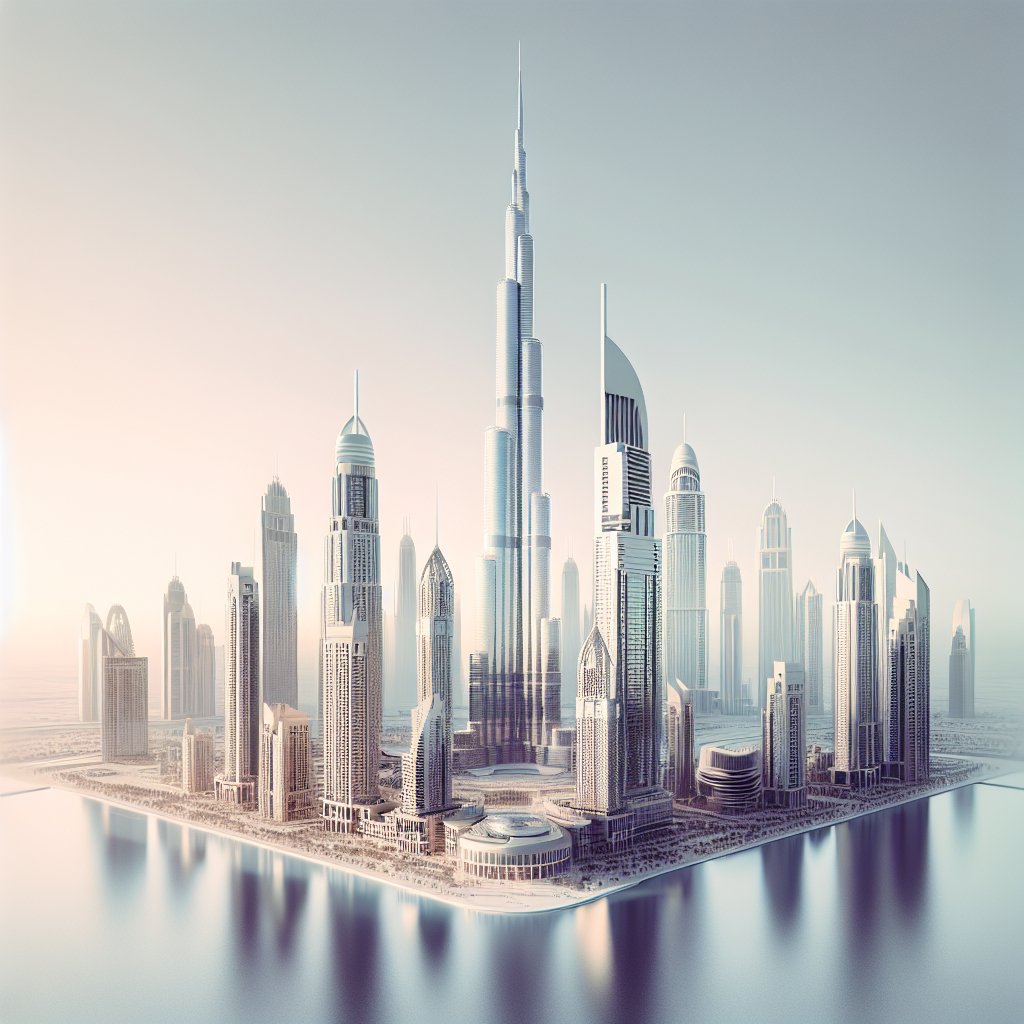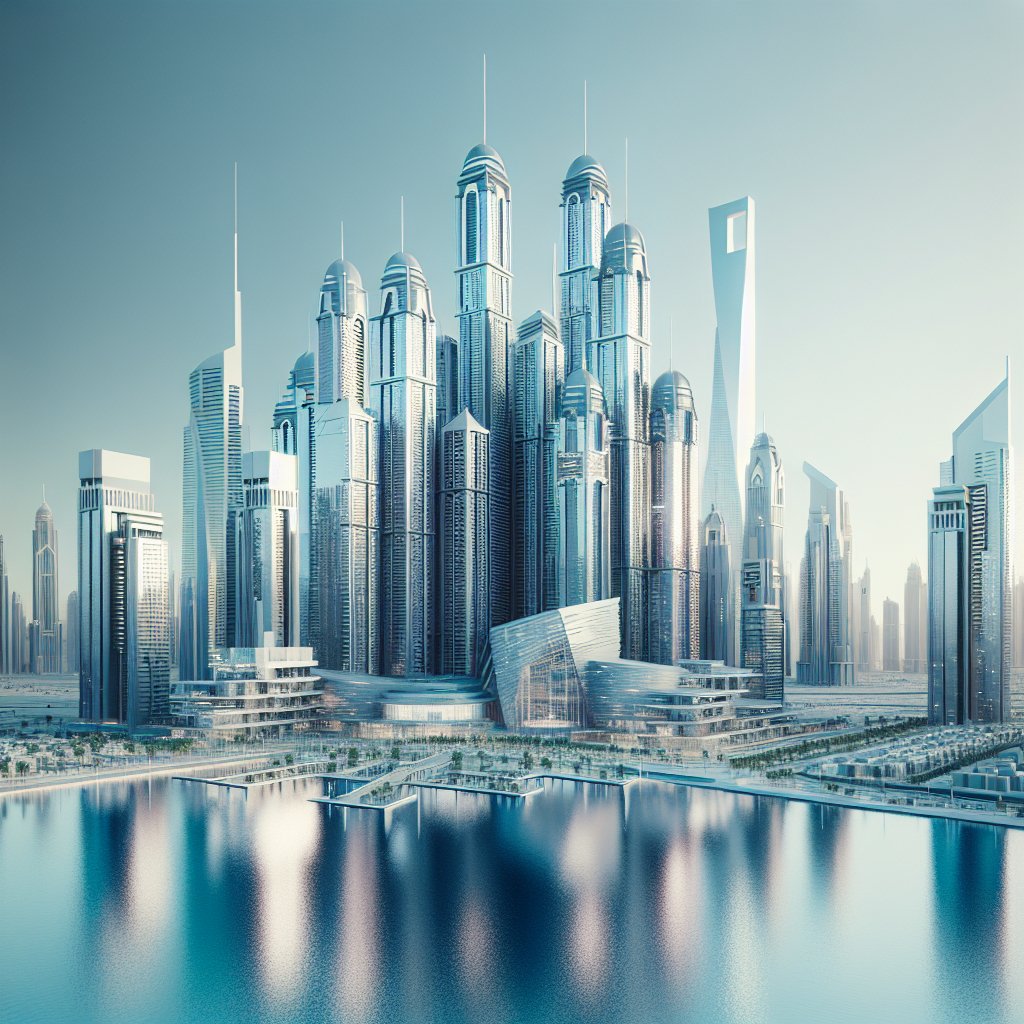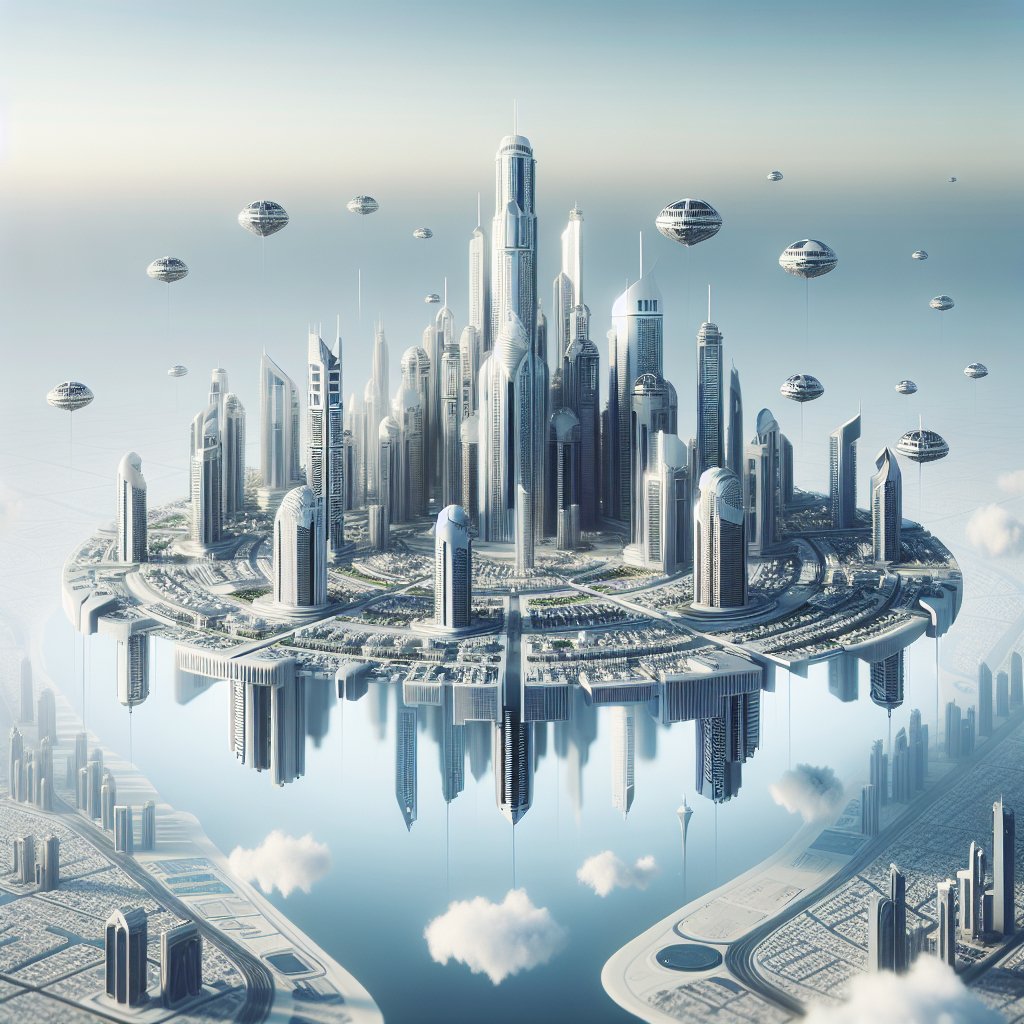Dubai, a city renowned for its architectural marvels and luxurious lifestyle, has taken a bold step in redefining cultural experiences with its innovative floating museums and cultural spaces. These unique venues not only showcase the rich heritage and artistic endeavors of the region but also offer a glimpse into the future of cultural tourism.
The Rise of Floating Museums in Dubai
In recent years, Dubai has emerged as a global hub for art and culture, attracting millions of visitors from around the world. The city’s commitment to cultural development is evident in its ambitious projects, including the creation of floating museums. These museums are not just architectural wonders but also serve as platforms for cultural exchange and education.
Floating museums in Dubai are designed to offer a unique experience, combining the tranquility of the sea with the richness of art and history. These structures are often built on repurposed ships or specially designed floating platforms, allowing them to move and dock at various locations around the city. This mobility enables them to reach a wider audience and bring art and culture to different communities.
One of the most notable examples of a floating museum in Dubai is the Dubai Floating Museum of Art and History. This museum offers a diverse range of exhibits, from ancient artifacts to contemporary art installations. Visitors can explore the history of the region through interactive displays and multimedia presentations, making it an engaging experience for all ages.
The concept of floating museums is not entirely new, but Dubai has taken it to a new level by integrating cutting-edge technology and innovative design. These museums are equipped with state-of-the-art facilities, including virtual reality experiences and interactive exhibits, providing visitors with an immersive cultural journey.
Cultural Spaces on Water: A New Era of Artistic Expression
In addition to floating museums, Dubai has also embraced the idea of cultural spaces on water. These venues serve as dynamic platforms for artistic expression, hosting a variety of events such as art exhibitions, live performances, and cultural festivals. The unique setting of these spaces, surrounded by the serene waters of the Arabian Gulf, adds an element of tranquility and inspiration to the events held there.
One such cultural space is the Dubai Floating Art Gallery, which features rotating exhibitions from both local and international artists. The gallery’s open-air design allows visitors to enjoy the art while taking in the breathtaking views of the city skyline. This innovative approach to art presentation has made it a popular destination for art enthusiasts and tourists alike.
Moreover, these floating cultural spaces often collaborate with local artists and cultural organizations to promote the region’s artistic talent. Workshops, seminars, and artist residencies are regularly organized, providing opportunities for artists to showcase their work and engage with the community. This collaborative approach not only enriches the cultural landscape of Dubai but also fosters a sense of community and creativity.
The success of Dubai’s floating museums and cultural spaces can be attributed to the city’s vision of becoming a global cultural destination. By investing in innovative cultural projects, Dubai is not only preserving its heritage but also creating new opportunities for artistic expression and cultural exchange. These floating venues are a testament to the city’s commitment to cultural development and its ability to adapt to the changing needs of the global cultural landscape.
In conclusion, Dubai’s floating museums and cultural spaces represent a new era of cultural tourism, offering visitors a unique and immersive experience. As the city continues to innovate and expand its cultural offerings, these floating venues will undoubtedly play a significant role in shaping the future of art and culture in the region.



